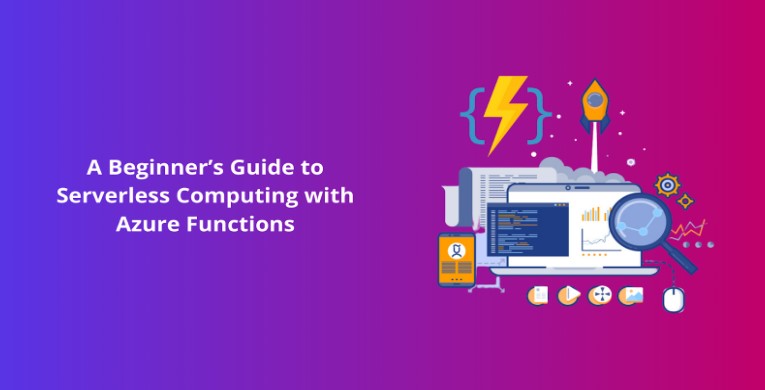With serverless architecture, developers can concentrate on writing code rather than worrying about server administration. As a potent serverless computing solution, Azure Functions is provided by Microsoft Azure, a top cloud platform. This beginner’s tutorial is intended to help if you’re unfamiliar with serverless computing and want to explore the possibilities with Microsoft Azure Functions. This blog will explore the basic ideas of serverless computing and how to utilise Azure Functions, much as Microsoft Azure Training gives you the skills to use the platform.
KEY POINTS
Table of contents
- Understanding Serverless Computing and Azure Functions
- Key Concepts and Benefits of Azure Functions
- Getting Started with Azure Functions
- Real-World Applications of Azure Functions
- Conclusion
Understanding Serverless Computing and Azure Functions
Developers may create and deploy apps using the serverless computing cloud computing concept without provisioning or managing servers. Serverless is cost-effective and scalable since you only pay for the computing resources utilised while running programs.
Microsoft Azure offers a serverless computing solution called Azure Functions. It enables programmers to build trigger-responsive event-driven routines without requiring manual infrastructure maintenance or scaling.
Key Concepts and Benefits of Azure Functions
Here, we examine further Key Ideas and Advantages of Azure Functions:
- Events like HTTP requests, database changes, queue messages, and timers may all start Azure Functions. Each function is built to run a certain code in response to a predetermined trigger.
- The way that Azure Functions are billed is dependent on usage. You only pay for the resources and execution time your functions use, which can result in considerable cost reductions, especially for erratic workloads.
- According to demand, Azure Functions scale automatically. Azure automatically distributes resources to handle the workload when an event happens, assuring top performance without any intervention.
- You may create intricate processes and apps with Azure Functions, which interface with several Azure services without issues. Additionally, bindings may link functions to other data sources and services.
Getting Started with Azure Functions
Let me give you step-by-step instructions for using Azure Functions:
- Create an Azure account if you don’t already have one. You may start with a free trial to learn more about Azure Functions and other services.
- You may build and manage Azure Functions by logging into the Azure portal. The portal offers a simple user interface to help you get going immediately.
- A logical container for functions is a function app. Choose the runtime stack you wish to utilise when creating a new function app (Node.js, C#, Python, etc.).
- Make a new function in the function app. Determine the trigger’s specifics after selecting a trigger type (HTTP, timer, queue, etc.). Next, create the logic code for your function.
- Test your function locally using the Azure portal or the Azure Functions Core Tools. Utilising the built-in monitoring tools, keep tabs on the execution and efficiency of your operations.
Real-World Applications of Azure Functions
Now, you may investigate Azure Functions’ Real-World Applications:
- When you get data streams from many sources, do data transformations, aggregations, and enrichments.
- To run code at regular intervals, use timer triggers. This benefits tasks like data backup, report creation, and synchronisation.
- Web apps may be created by utilising Azure Functions to deliver serverless APIs, control authentication, and handle data processing from HTTP requests.
- Use Azure Functions to instantly process data from IoT devices, sensors, or other systems.
Conclusion
Without worrying about server administration, developers can design scalable, event-driven programs with the aid of Azure Functions. Like how Microsoft Azure training enables you to navigate the Azure platform, this beginner’s tutorial provides the necessary knowledge to study the benefits of serverless computing with Azure Functions. By using serverless architecture, you can focus on building innovative, effective code while Azure takes care of the underlying infrastructure.

